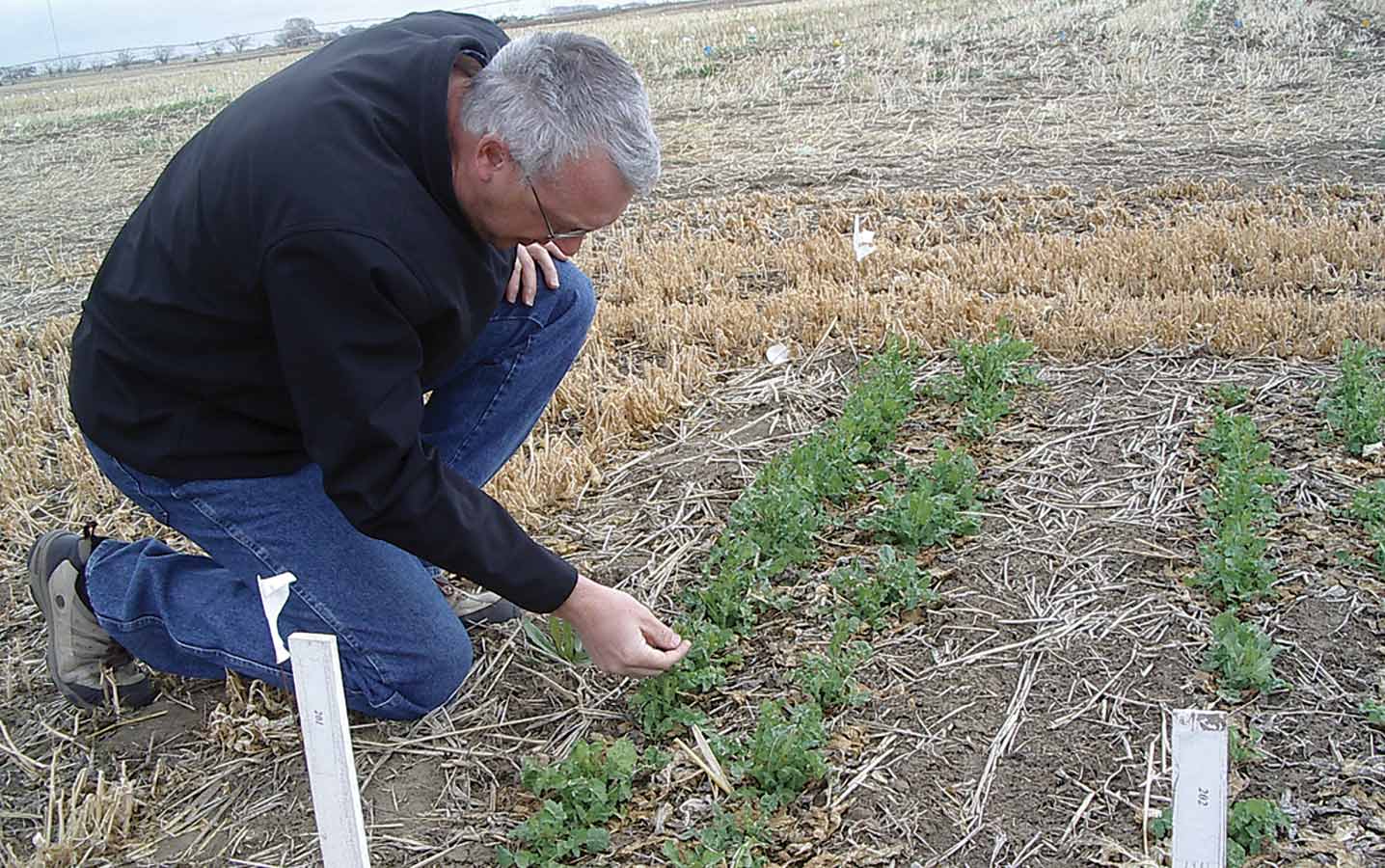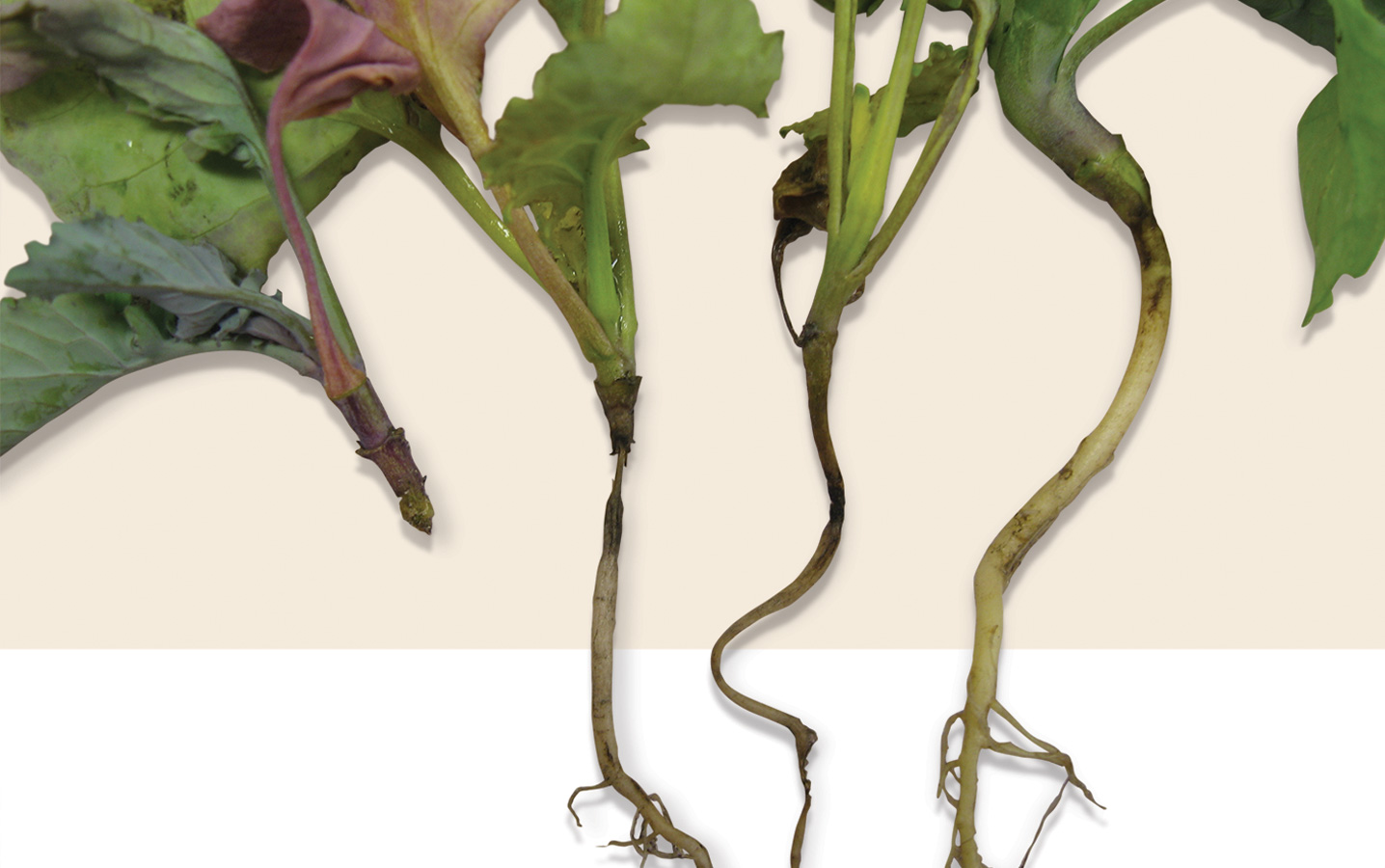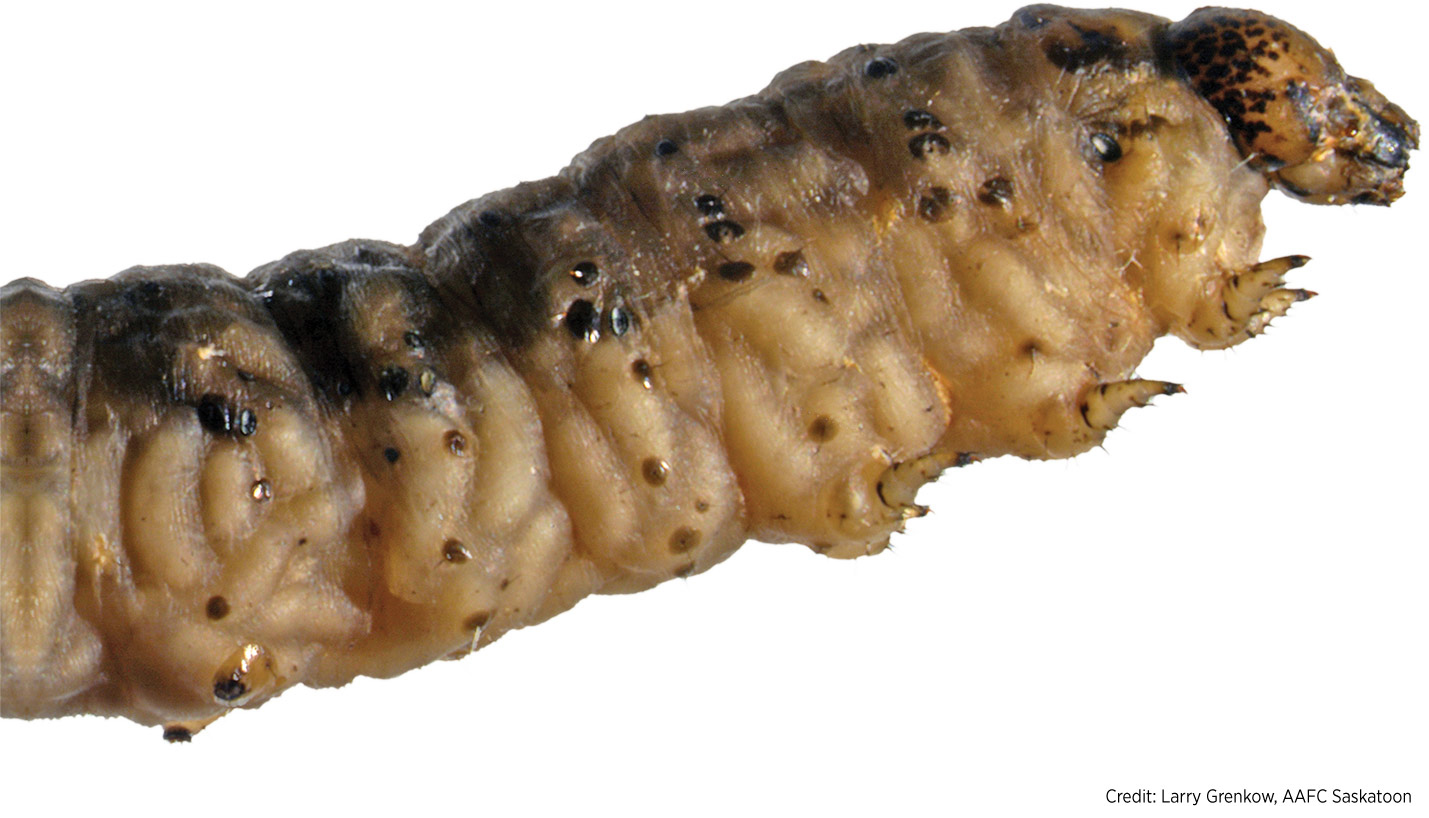
Key practice: Growers in southern Alberta may want to consider winter B. rapa as a suitable alternative to hybrid spring canola (B. napus), which could be a good fit with other winter crops grown there, especially winter wheat. Project title, Lead researcher: “Evaluation of winter Brassica rapa for cultivation in Alberta,” 2007-11, Habibur Rahman, University...
Read More Key Practice: Analysis of 35 canola seeding rate studies shows that hybrid canola can achieve its yield potential when at least five plants per square foot survive to harvest. Project Title, Lead Researcher: “Determining the economic plant density in canola,” 2009, Steve Shirtliffe, University of Saskatchewan Grower Organization Funder: ACPC, SaskCanola This meta-analysis of 35...
Read More 
Key practice: Following a diverse rotation reduces soil pathogen populations and disease pressure. However, crop rotation should only be one part of your integrated approach to disease management. Project title, Lead researcher: “Effect of crop rotation on canola seedling blight and soil pathogen population dynamics,” 2006-07, Sheau-Fang Hwang, Alberta Agriculture and Forestry Grower organization funder:...
Read More 
Key practice: The key to minimizing damage from cutworms is early detection through frequent field scouting. Proper identification of cutworm species can be important in the protection of beneficial insects and implementation of other biocontrols. Project title, Lead researcher: “Biocontrol of canola cutworms: Identification and attraction of parasitoids,” 2012-15, Barbara Sharanowski, University of Manitoba Grower organization...
Read More Key Practice: The key step in seed placement is to achieve the overall target population with some aspect of uniform distribution and depth. Precision tools to enhance seed spacing in the row provide little evident economic benefit. Project Title, Lead Researcher: “Seeding rates for precision seeded canola,” 2012-14, Gazali Issah, Western Applied Research Corporation Grower...
Read More






